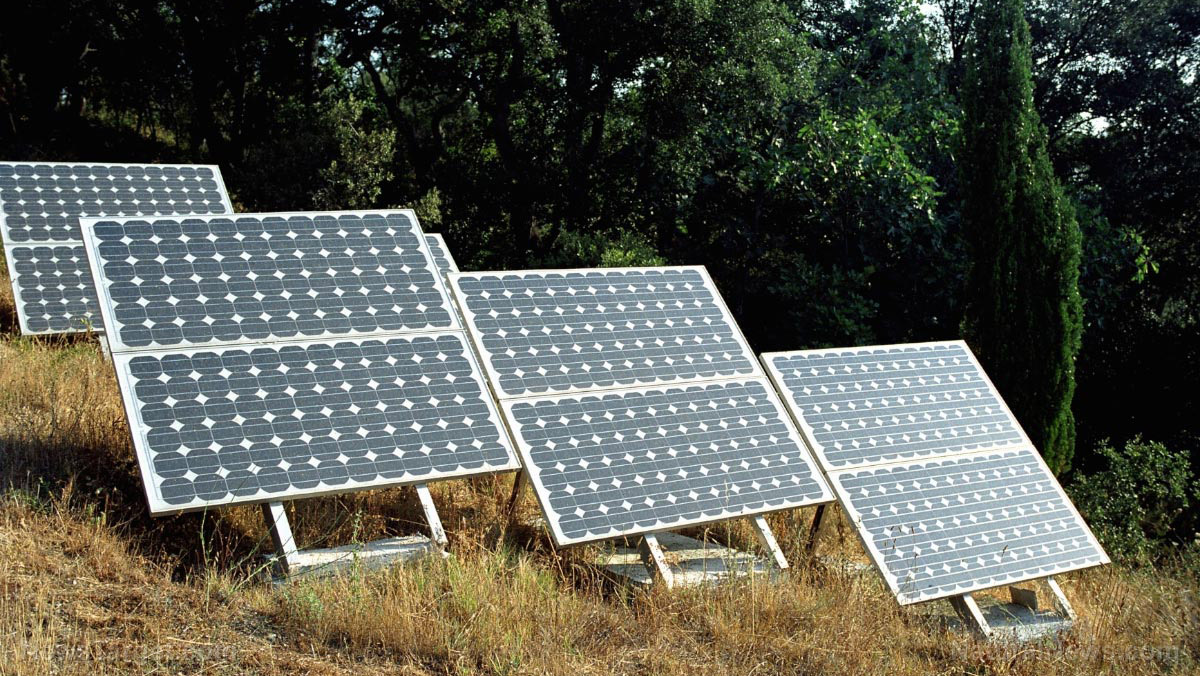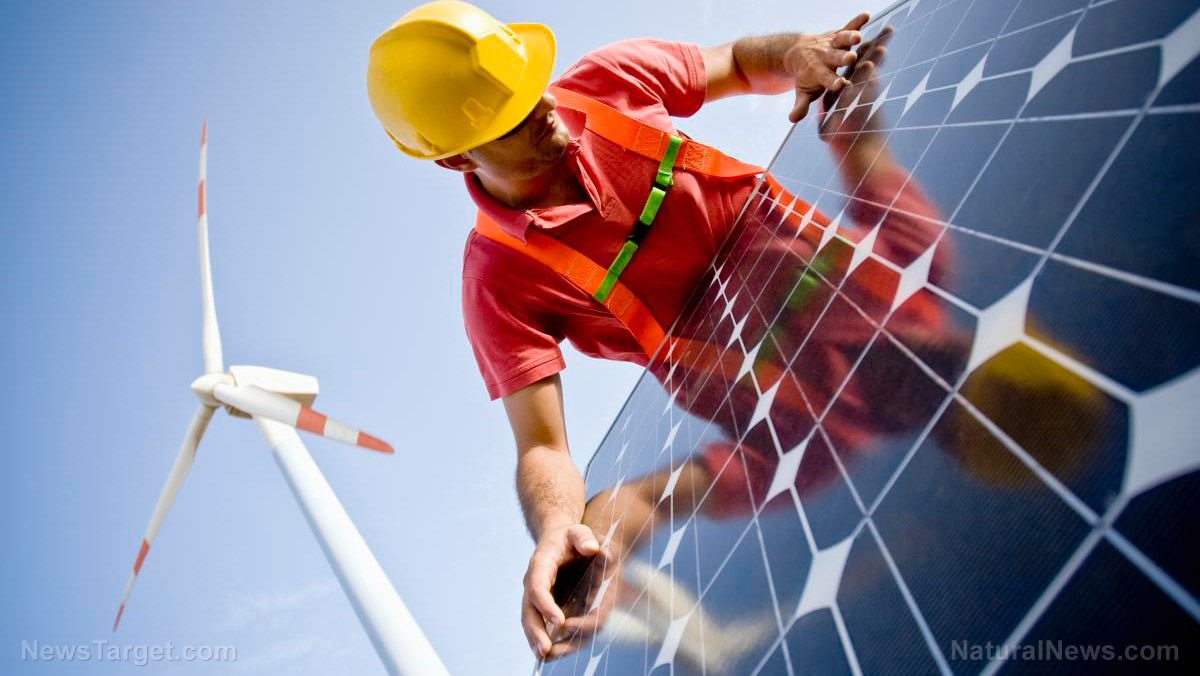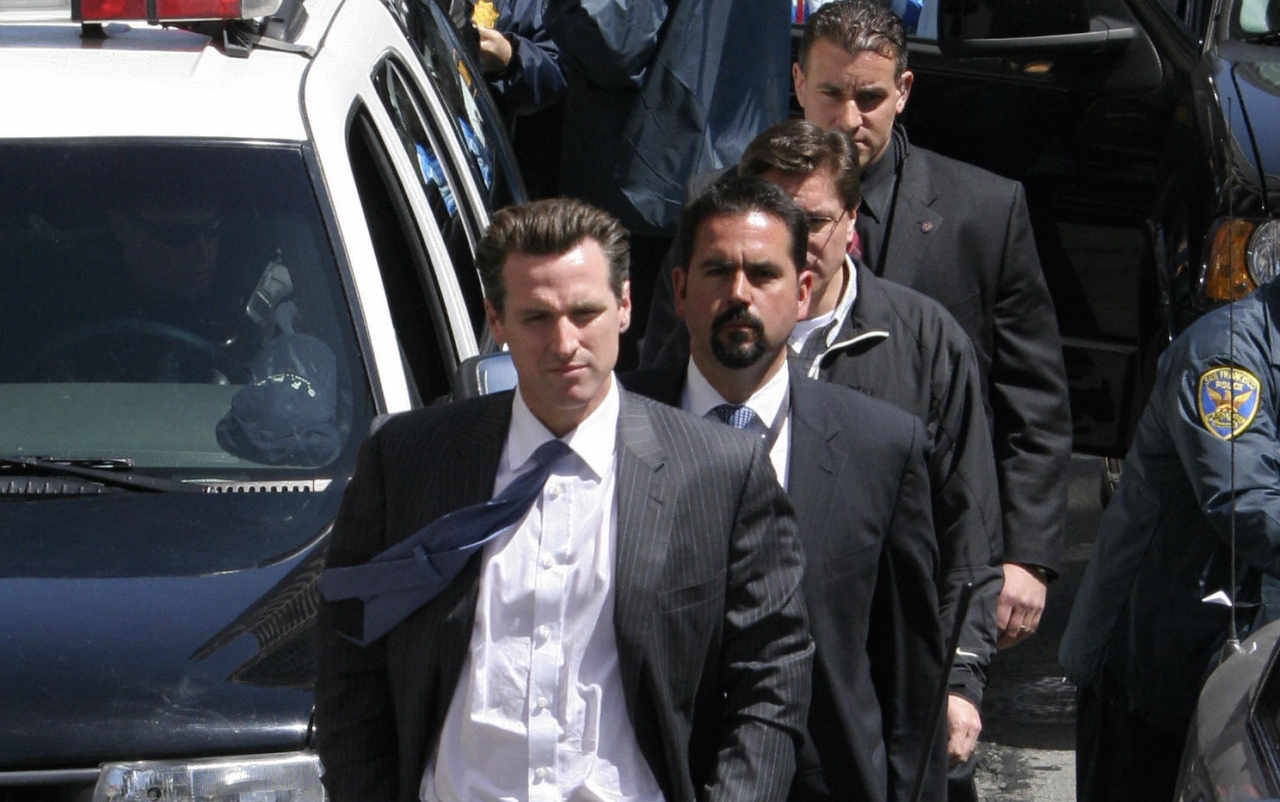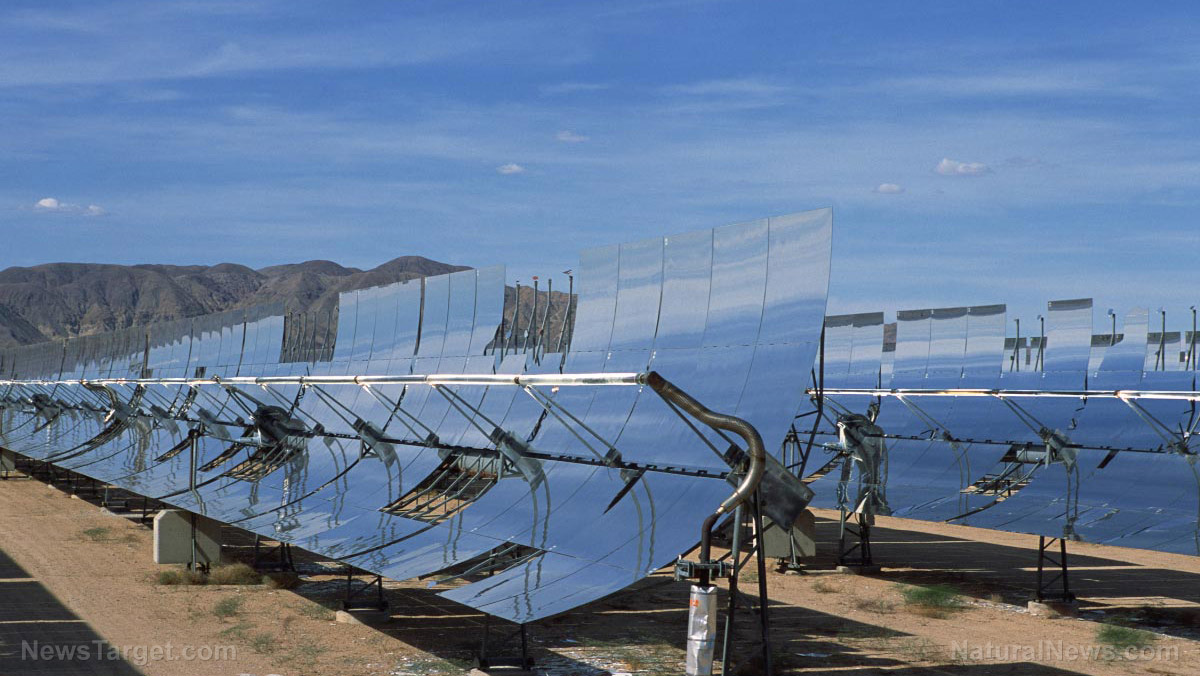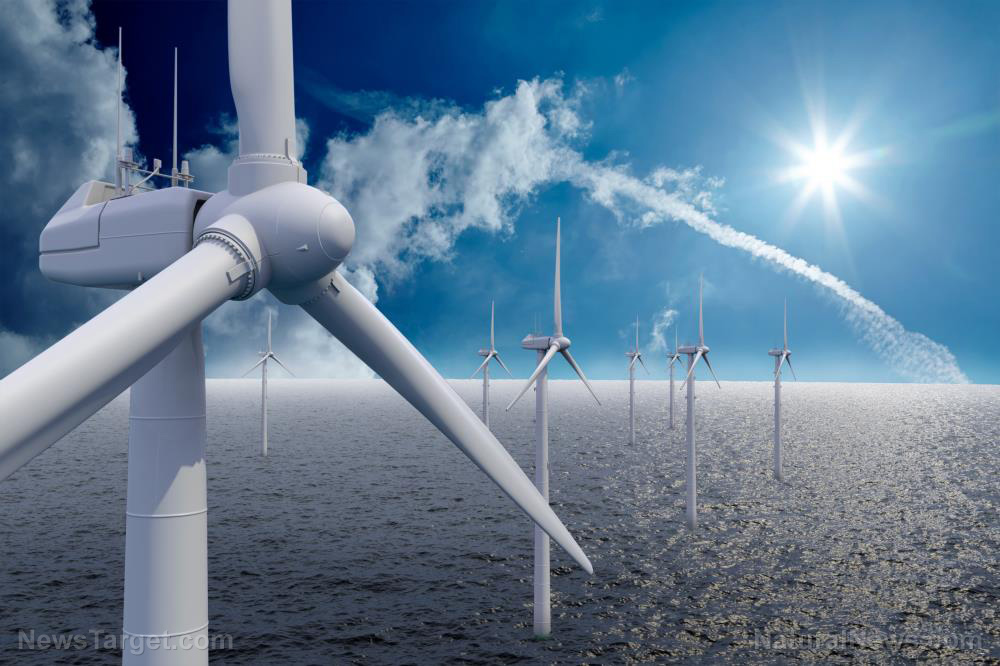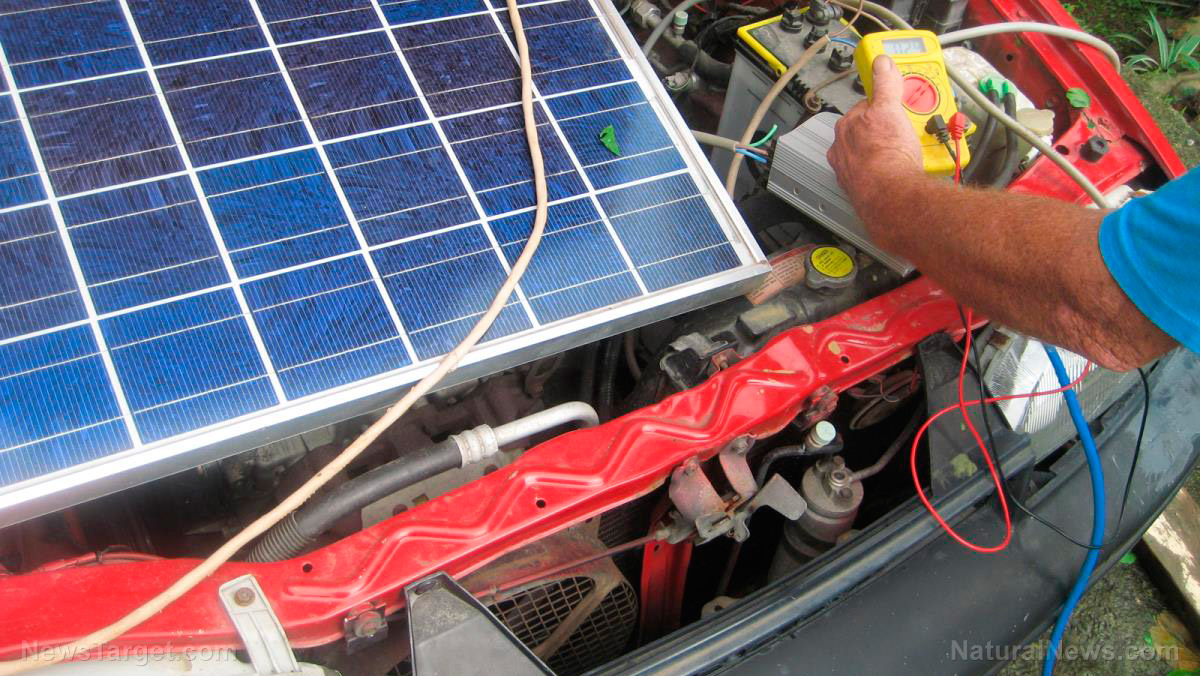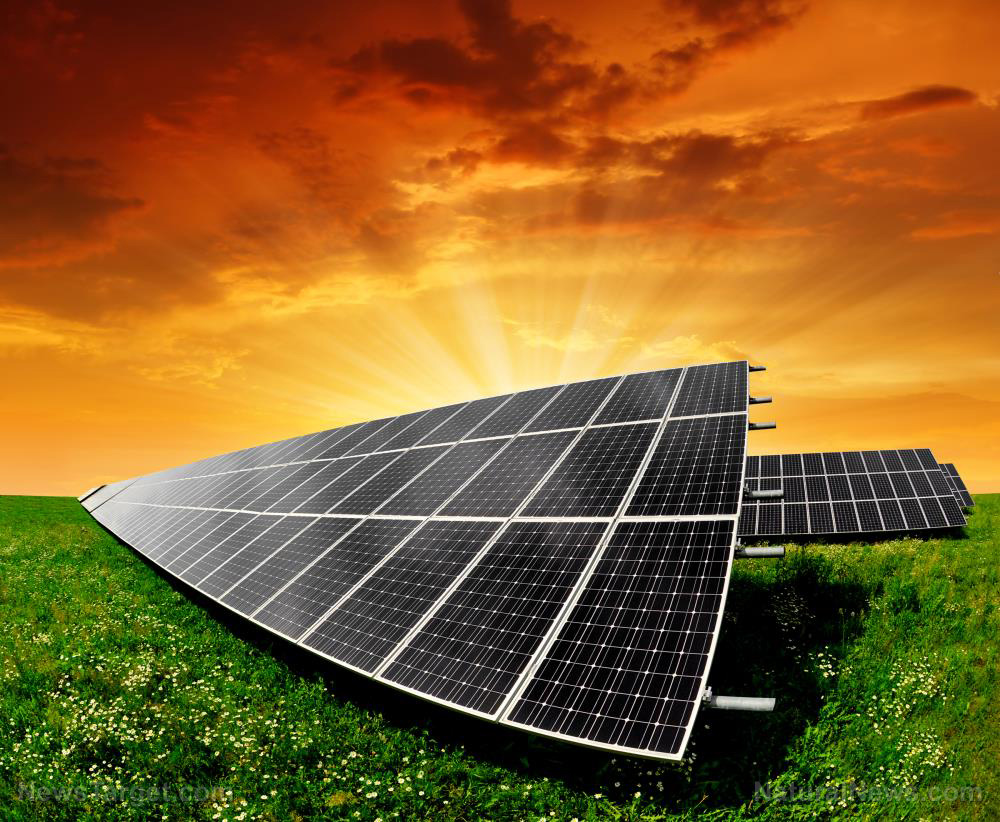California’s solar generation drops to almost a third below levels reported last month
09/18/2020 / By Divina Ramirez

Smoke and haze from California’s fires are still blanketing the state and neighboring regions, slashing the output of the largest solar installations across the nation by almost a third, according to Headline USA.
Because of the thick smoke floating in the air, there is a reduction in the amount of sunlight that reaches solar panels, said Michael Bolen, project manager for solar generation at the Electric Power Research Institute. But the problem does not stop there. Bolen explained that smoke particles could end up settling on the photovoltaic cells of solar panels long after the haze dissipates, thus blocking light from entering the modules.
The strain on California’s electrical grid has not let up since last month after the record-breaking drought and blazing fires had people turning their air-conditioning units to full blast throughout the night. In fact, state officials had been pleading for residents to avoid using major appliances. But despite these measures, grid managers cautioned that the threat of outages remained so long as the intense heat continues.
Experts are also concerned that the significant drop in the state’s solar output is going to compound the need for state-enforced rolling blackouts that could affect hundreds of thousands of residents. San Francisco-based Pacific Gas & Electric Company (PG&E Corp.) started cutting electricity in parts of Northern California on Monday, Sept. 7.
This measure came about just a day after the California Independent System Operator (California ISO) anticipated a 4,000-megawatt power shortage due to wildfires affecting transmission lines. The company estimates that at least 500,000 residents could be affected by the shutoffs based on census data on people per household in California, reported The Wall Street Journal.
Over the past decade, California utilities have resorted to public safety shutoffs confined to certain areas in order to reduce the risk of transmission lines sparking wildfires.
Tremendous challenges in pursuing solar energy
California could see repeated rolling blackouts in the coming months even after the fires start puttering out. (Related: California’s power grid is failing – could it be too much reliance on solar, wind?)
But Governor Gavin Newsom remains adamant in moving forward with plans to cut off carbon-based fuels in California come 2045 following convictions that the wildfires are the result of climate change.
However, critics were quick to slam these plans and rebuke state regulators at the California Public Utilities Commission (CPUC). Steve Berberich, Chief Executive Officer of the California ISO, said that the current situation could have been avoided had regulators ensured adequate power generation.
He added that the California ISO has been pointing out to procurement authorizing authorities that there was inadequate power available. These blunders demonstrate that the CPUC’s process for determining the state’s power needs is broken, said Berberich.
The solar debate flared again in a virtual leadership summit held last week. Former Energy Secretary Ernest Moniz cautioned that solar power and batteries alone will not be enough to answer for the state’s power needs.
Like wind, solar is an unreliable power source given changing power demands throughout the seasons. Therefore, until scientists develop more sustainable technologies, natural gas must be utilized, added Moniz.
More solar-panel farms, less forest management
In a recent article online, Victor Davis Hanson, a historian at Stanford University’s Hoover Institution, wrote that California’s progressive officials will blame “climate change” for the wildfires.
Rolling blackouts, poor government response and the official blame-gaming will then follow as a prelude for more solar-panel farms and still less forest management, he added. This sentiment echoes that of President Donald Trump during his visit to California on Monday, Sept. 14. During a briefing, Trump cited improper forest management as the culprit behind the fires.
When trees fall down, their trunks become like matchsticks that can explode, he said. Newsom, however, stressed the importance of climate change, which he deemed to be a fundamental issue in light of the fires.
Despite their differences, Trump said that Newsom agrees with him on forest management. “It’s a very important subject. You drop a cigarette on it, you come back an hour later and you have a forest fire.”
In the context of fire prevention, forest management strategies could range from clearing out dead trees and vegetation that might serve as kindling to creating roads through forests for easier access in case of fires.
Keep up with the ongoing wildfire crisis in California at Environ.news.
Sources include:
Tagged Under: California wildfires, Collapse, current events, energy, energy crisis, government, solar energy, wildfires
RECENT NEWS & ARTICLES
COPYRIGHT © 2017 SOLARPANELS.NEWS
All content posted on this site is protected under Free Speech. SolarPanels.news is not responsible for content written by contributing authors. The information on this site is provided for educational and entertainment purposes only. It is not intended as a substitute for professional advice of any kind. SolarPanels.news assumes no responsibility for the use or misuse of this material. All trademarks, registered trademarks and service marks mentioned on this site are the property of their respective owners.


